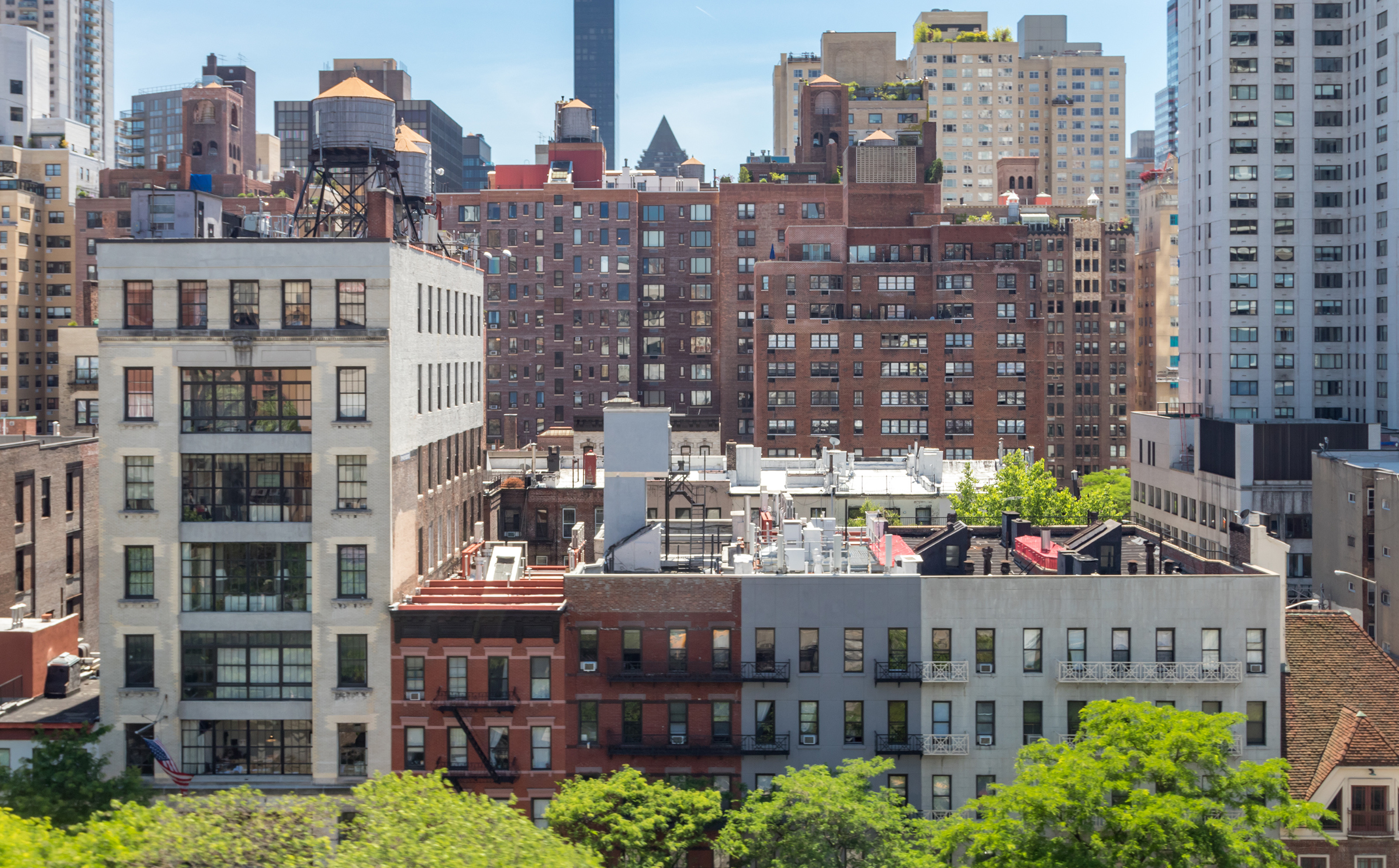While apartment market fundamentals examined on a regional basis tend to point to the South as the best performer in many respects, the tale turns a different direction when discussing rent growth.
RealPage Market Analytics is exploring performances variations across the regions in a series of blog posts. Read the first three in this series, covering apartment demand by region, occupancy by region and supply by region.
As of 1st quarter, annual effective asking rent growth was at a moderate 4.5% in the U.S. overall. This is a bit ahead of the pace the nation was clocking in the five years leading up to the COVID-19 pandemic, when the average annual upturn was 3.6%. The economic crisis led the U.S. to turn to rent cuts in 2020, with declines bottoming out at 1.4%. Rent cuts were seen everywhere, but nowhere more prominently than in the West region of the country. In 2022, rent growth nationwide didn’t just bounce back – it saw an unprecedented surge, with price hikes getting as high as 15.3%. The South was the big beneficiary of this surge, but the West also logged sizable growth. More recently, rent growth has eased nationwide, falling from those steep highs, but stopping just ahead of pre-pandemic norms.
The Northeast
Average effective asking rents were up 5.9% in the year-ending 1st quarter.* That included a boost of 0.2% in the first three months of the year alone. Only the Northeast and Midwest are still seeing mild rent increases on a quarterly basis.
Today’s rent growth figures are nearly double the annual average for the Northeast region during the five years leading up to the COVID-19 pandemic. During the most recent rent decline in 2020 and 2021, the Northeast logged annual rent cuts that got as deep as 1.7%. But this part of the country experienced a quick turnaround, and annual price increases jumped into the double digits, getting as high as 12% in 2022.
Helping operators continue to raise rents here, this part of the county typically has the lowest volume of new apartment construction activity, often constrained by site availability, especially in the most recent construction boom.
The Northeast region used to be the most expensive locale nationwide. But in 2015, the West region surpassed the Northeast and has since reigned as the priciest. But the Northeast still comes in at second place, with a monthly effective price of $2,119.
*New York data has been excluded from Northeast region calculations, as this market’s behavior is not representative of typical regional patterns. Were New York’s data to be added to the analysis, the Northeast region would be double the current size, and weighted data from the nation’s largest city would skew the results for the region.
The Midwest
Also not a top performer for occupancy, supply or demand, the Midwest region logged notably strong rent growth of 5.6% during the past year, making this the second most aggressive price performer nationwide. Rent growth is still moving forward as well, with an increase of 0.3% in the quarter.
Annual rent growth in the Midwest is now double the average pace this region set in the five years prior to the pandemic. But when looking at historical norms, the Midwest once again lives up to its reputation of stability. When every other region across the U.S. saw a loss of pricing power in 2020 and 2021, the Midwest continued to raise rents, though by a modest amount. In 2022, when every other region had turned drastically to steep price increases, the growth in the Midwest topped out at 10.6%, high for the area, but still well below the rest of the nation.
The Midwest remains the nation’s most affordable apartment market, with average rents at $1,346 as of 1st quarter 2023.
The South
The top performer in most fundamentals, the South region falls slightly short when turning to rent growth. Prices were up by 4.5% in the past year in the South region, a performance that matches the U.S. norm. Still, when you consider the massive amount of supply this area has received recently, any rent growth at all seems like a win.
The recent rent growth pace in the South is also ahead of this region’s pre-pandemic average of about 3%. While the South didn’t experience the deep declines seen elsewhere in the nation in 2020 (looking at you, West Coast), rent cuts did happen here. The cuts were mild, however, getting no deeper than 0.9%. And the South’s rebound was significant, with rent growth topping out at nearly 18% in 2022.
Effective asking rents in the South averaged $1,587 in 1st quarter. While rents in the South tend to run second lowest nationwide after the Midwest, the sizable growth seen here in 2022 bumped prices up, widening that gap. At the end of 2019, South prices were ahead of Midwest rents by $351, but now, rents in the South are $436 ahead of Midwest rates.
The West
Rent growth is softest in the West region of the county. And at 3.3%, annual rent growth as of 1st quarter was a bit behind the pace this region set in the five years prior to the pandemic.
The deepest rent decline occurred in the West in 2020, with annual cuts getting as deep as 2.6%. But the rebound was also significant, reaching a high of 16% in 2022.
Like the South, the West region has seen sizable new apartment deliveries in recent years. Unlike the South, the West is used to significant rent growth, given that the West is typically operates in an undersupplied environment compared to the population influx the area typically sees.
Despite the fluctuation of recent years, the West remains the nation’s most expensive apartment market, with average monthly rents of $2,199.
Stay tuned as we wrap up the series with an examination of each region’s employment situation.







